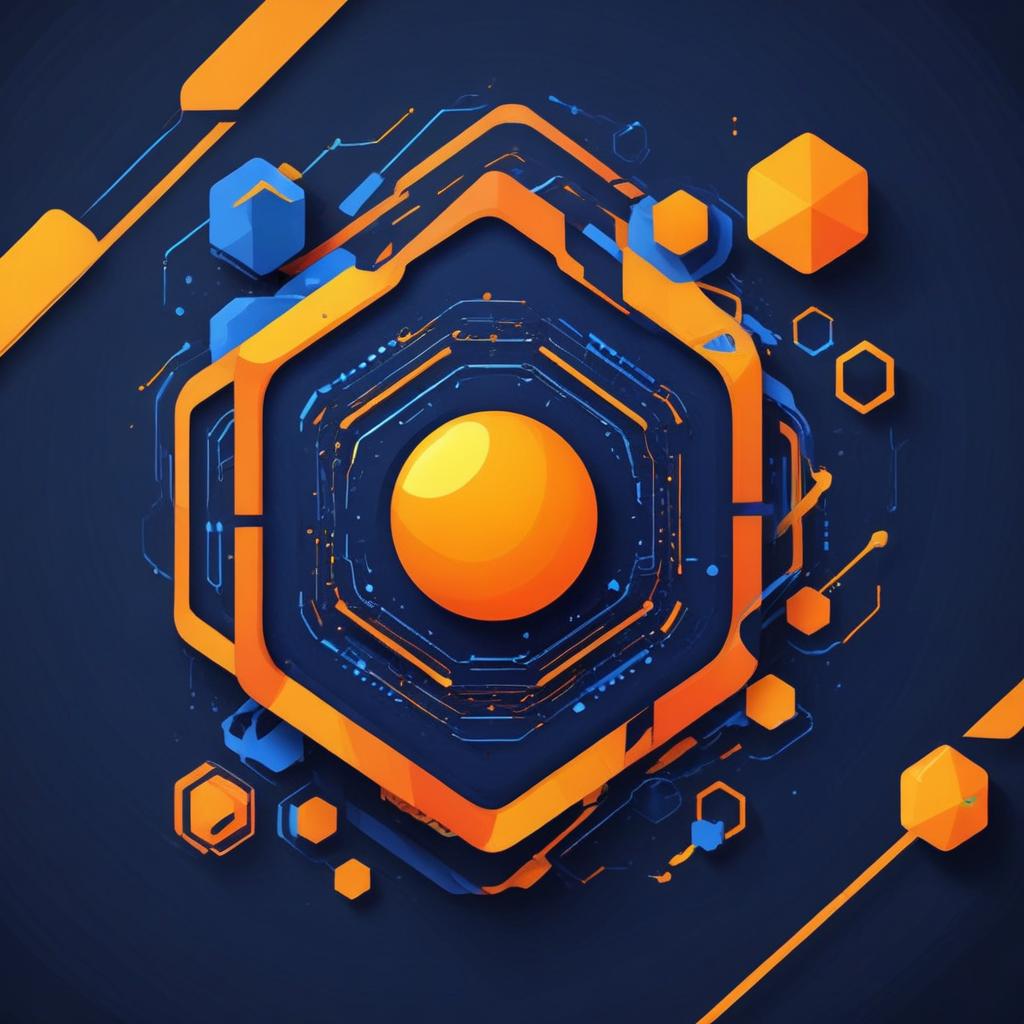Breaking Down the New Storage.AI Initiative: A Comprehensive Look at the Future of Data Management

Recently, the Storage Networking Industry Association (SNIA) unveiled a significant initiative: Storage.AI. This effort aims to enhance data-handling efficiency for AI workloads, addressing the bottlenecks in data infrastructure. Prominent tech giants like AMD, Cisco, Dell, IBM, and others form the backbone of this collaborative approach. SNIA Chair J Metz aptly highlighted, “If I’ve got to build entire nuclear power plants to be able to run one workload, then I really want that workload to be as efficient as I possibly can.”
Short-term Benefits
- Establishing open standards that enhance compatibility and streamline data operations.
- Integrating multiple existing technical specifications to tackle AI-specific data handling problems.
- Improving efficiency by reducing unnecessary data movement through advanced network protocols.
Long-term Impact
- Setting a precedent for collaboration among industry leaders to solve common data challenges.
- Creating a scalable model for future data architecture, ensuring it can handle evolving AI workloads.
- Encouraging further innovations in data processing techniques and infrastructures.
While the Storage.AI initiative presents a solid approach to tackling existing challenges, several questions arise. For instance, what happens to legacy systems still embedded in many organizations? Traditional architectures often aren't optimized for AI workloads, and transitioning can be costly and complex. Metz himself acknowledged the potential for confusion, noting that many people assume data flows in a straightforward manner when, in reality, it encounters multiple bottlenecks.
Moreover, the reliance on CPU-mediated I/O operations as Metz pointed out, is indeed a critical point. If GPUs, the heavy lifters in AI, must continue to navigate through CPU bottlenecks, is the ultimate efficiency truly achievable? The idea of allowing GPUs to initiate storage requests independently sounds promising, but how quickly will this new standard be adopted across diverse platforms? The implementation strategy of integrating existing specifications rather than creating new ones offers promise, yet the success of such initiatives often hinges on industry-wide acceptance and adaptability.
Let’s also ponder: are the so-called “open standards” as beneficial as they sound? Open standards are a double-edged sword; while they foster interoperability, they can sometimes lead to slower innovation as all parties negotiate and develop cohesive solutions. Will this collaborative effort hinder rapid advancements? After all, proprietary solutions have already made strides in overcoming similar issues.
The Storage.AI initiative seeks to streamline the complex web of modern AI applications. As Metz commented, the project aims for a modular approach to expedite deployment and reduce time to market. This is undoubtedly a practical consideration. Yet, without thorough testing and validation, early implementations could lead to unintended consequences, where the desire for speed sacrifices robustness.
In essence, Storage.AI offers a compelling vision for the future of data infrastructure that deserves attention. But it's critical to approach it with an informed perspective, recognizing the intricacies and potential hurdles involved. Evaluating the trade-offs and implications carefully can only lead to better outcomes for businesses and organizations alike.
At DiskInternals, our expertise lies in data recovery software for both virtual and real environments, making us highly aware of the nuances surrounding data loss. We aim to assist organizations in navigating the complexities of data management while ensuring that valuable information remains intact. Understanding the significance of initiatives like Storage.AI is part of how we develop our strategies for helping clients avoid data crises.